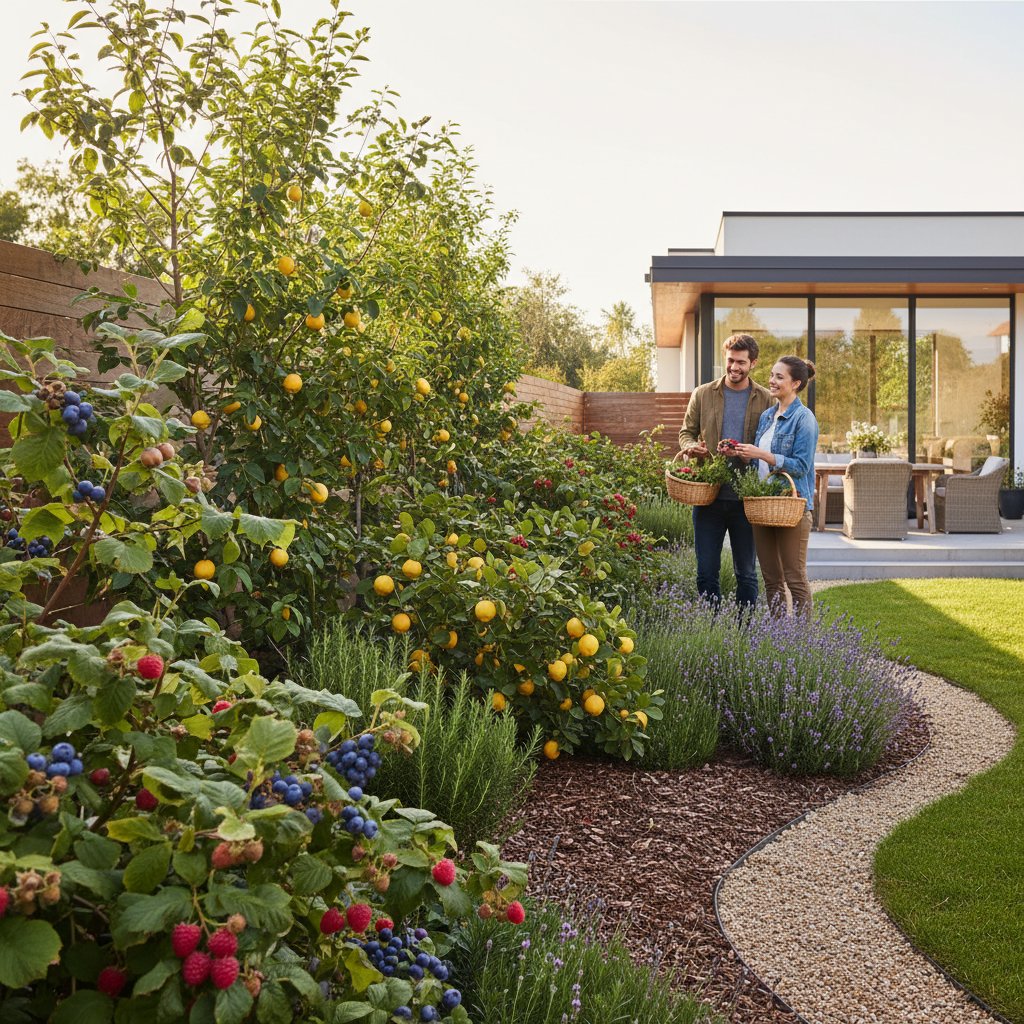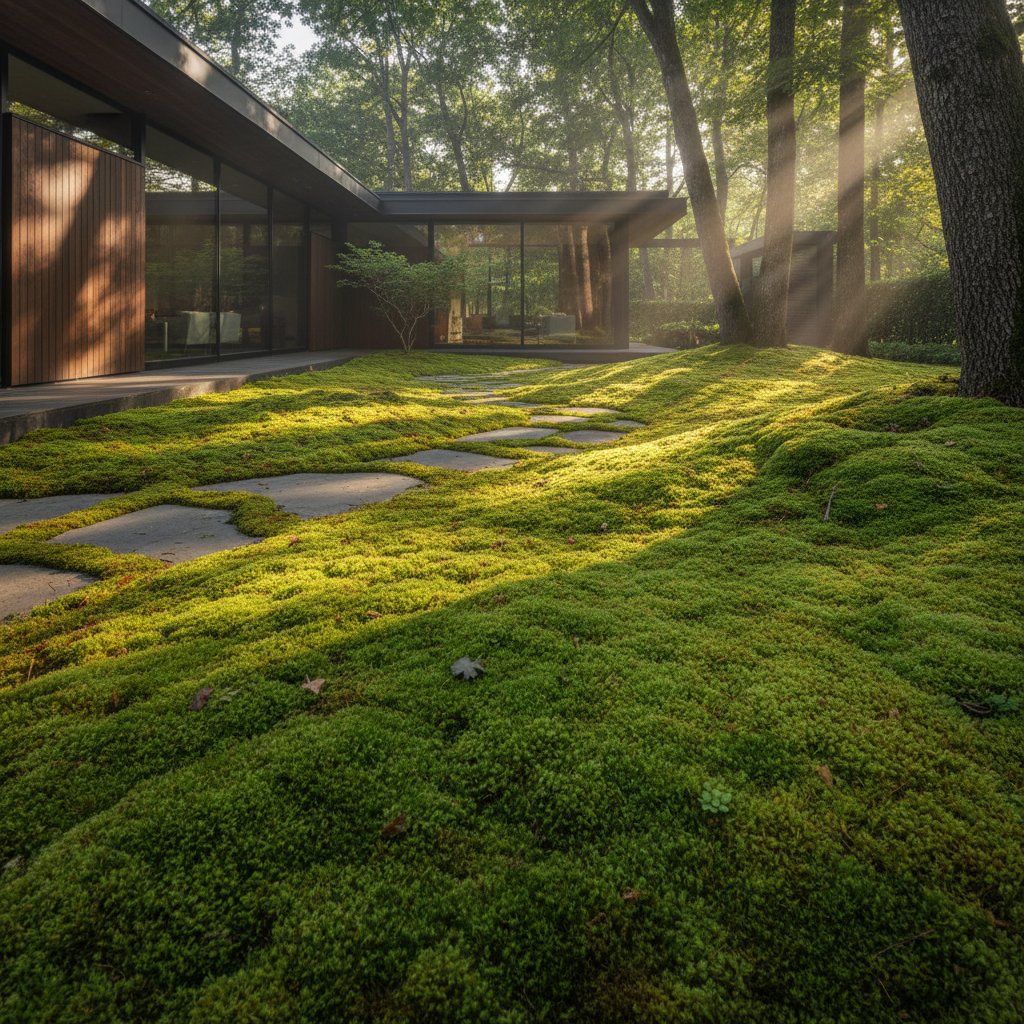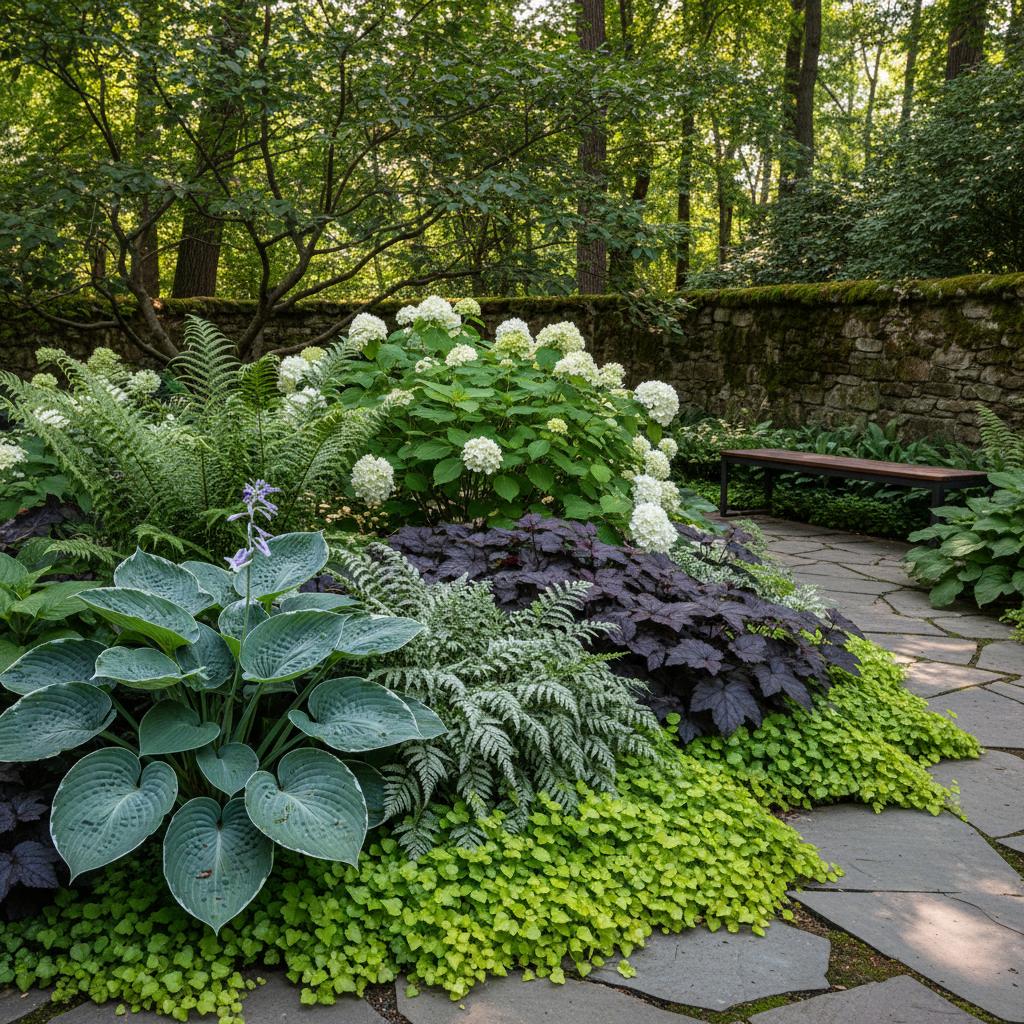The Smart Way to Get Privacy and Food from Hedges
A hedge that serves multiple purposes brings profound satisfaction to any garden. It softens ambient noise, shields views from prying eyes, and fosters a secure, natural enclosure. Certain hedges elevate this role by yielding fruits, nuts, or edible foliage, gratifying both visual senses and culinary needs. As homeowners increasingly seek landscapes that deliver tangible returns, the concept of merging privacy with productivity garners renewed interest.
Edible hedges excel through their versatility. They blend ornamental appeal with practical utility, accommodating formal or informal styles based on plant selection and upkeep. This approach prompts a reevaluation of hedges as multifaceted assets to the home.
Understanding the Concept of an Edible Hedge
An edible hedge functions as a living barrier constructed from plants that yield consumable elements. Options range from berry-laden bushes and compact fruit trees to aromatic herbs and shrubs with harvestable leaves. These structures adapt to various heights and growth habits, suiting clipped precision or natural sprawl according to site demands.
Effective edible hedges demand deliberate planning. They integrate aesthetics, productivity, and care into a unified design. The aim remains a seamless screen that harmonizes visually while supplying enjoyable edibles.
Why Choose an Edible Hedge
Conventional hedges typically prioritize privacy or visual enhancement alone. Edible versions introduce additional benefits. Consider these compelling advantages:
- Dual function: Achieve seclusion, wind buffering, and elegance alongside fresh harvests of produce.
- Sustainability: Bolster local ecosystems and diminish reliance on store-bought fruits and vegetables.
- Wildlife support: Supply nectar, pollen, and habitat for birds and pollinators.
- Visual variety: Showcase evolving displays of blooms, fruits, and leaves across seasons.
Thoughtful edible hedges promote attentive gardening practices. Trimming evolves beyond mere shaping to encompass bloom cycles, fruit maturation, and wildlife coexistence.
Choosing the Right Plants
Plant selection for an edible hedge requires careful consideration. Prioritize species resilient to frequent pruning, suitable for dense planting, and adapted to local conditions. Evaluate sunlight exposure along the proposed line and desired mature height.
Fruit and Berry Options
Shrubs bearing fruits form the backbone of many edible hedges. They deliver sturdy frameworks and abundant yields.
- Blueberries: These compact varieties create thick barriers, featuring spring flowers and vivid autumn foliage. Space plants 3 to 4 feet apart for optimal density.
- Currants and Gooseberries: Ideal for shaded areas, they yield tangy berries in clusters. Plant 2 to 3 feet apart to encourage branching.
- Aronia (Chokeberry): With lustrous leaves and nutrient-rich dark berries, it enhances both beauty and health benefits. Tolerates wet soils and grows 6 to 8 feet tall.
- Serviceberry (Juneberry): This shrub or small tree offers sweet berries and delicate white spring blooms. Position 4 to 6 feet apart for a natural screen.
- Raspberry and Blackberry: Suited to casual borders, they demand containment through pruning. Allow 2 to 3 feet between canes to manage spread.
Edible Leaves and Herbs
Hedges emphasizing foliage provide versatile kitchen ingredients without relying on fruits.
- Rosemary: This evergreen thrives in sunny, well-drained spots, ideal for formal Mediterranean designs. Prune annually to maintain a 3- to 4-foot height.
- Bay Laurel: Prized for its essential leaves, it maintains a polished appearance with glossy greenery. Grow in zones 8 to 10, spacing 4 feet apart.
- Sage and Lavender: These low growers (2 to 3 feet) layer effectively at the hedge base, adding scent and texture.
- Lemon Verbena: Its citrusy leaves suit teas and pruning into tidy shapes. Protect from frost in cooler climates.
Nut and Fruit Tree Hedges
In expansive areas, incorporate dwarf trees or nut shrubs for layered depth. Train hazelnuts, dwarf apples, or plums through pruning to form barriers. These demand vigilant care yet reward with substantial outputs.
Balancing Form and Function
Edible hedges match the sophistication of standard varieties when designed thoughtfully. Focus on integrating structure with productivity. Opt for natural, hedgerow-like forms or precise, clipped outlines, each capable of fruit production.
Designing for Cohesion
Unity arises from repetition in hedge layouts. Select a primary plant to recur along the length, establishing rhythm. Intersperse supporting species for diversity in hue and form.
For instance, interplant blueberries with currants to form an engaging motif, their differing leaf profiles adding intrigue. To evoke a wilder aesthetic, incorporate native shrubs that nourish humans and animals alike.
Managing Growth and Harvest
Pruning blends artistry with essential upkeep. In edible hedges, it shapes appearance while boosting fruit set and vitality. Trim lightly post-bloom to spur production; perform major shaping during dormancy to control stature.
Position thorny plants like blackberries along exteriors for added security. Ensure clear access paths facilitate effortless harvesting.
Making Maintenance Manageable
Edible hedges remain approachable with routine care. Mulch application, irrigation, and soil nurturing parallel pruning in importance. Organic mulches conserve water and enrich earth, particularly aiding fruit developers.
Seasonal Tasks
- Spring: Assess winter impacts, execute gentle pruning, and incorporate compost or mulch.
- Summer: Irrigate thoroughly in droughts and gather ripening fruits promptly.
- Autumn: Gather leaves for composting and curb excessive growth.
- Winter: Refine shapes in dormancy and scan for pests or ailments.
Annual applications of composted materials sustain vigor sans chemicals. Robust soil fosters resilient roots and superior fruit.
Living with Your Design
An established edible hedge integrates into everyday routines. Mornings might involve gathering berries, evenings clipping herbs for meals. Observe its seasonal shifts, from shielding seclusion to bountiful provision.
Optimal designs harmonize order with subtle untamed elements. They appear purposeful yet relaxed, fruitful without excess labor. Such gardens prove beauty and utility coexist seamlessly.
Steps to Establish Your Edible Hedge
Begin modestly with a brief segment near a fence or path. Monitor growth patterns, pruning responses, and preferred yields. This trial reveals insights surpassing any manual.
Scale up by replicating successes and introducing varieties incrementally. Layer heights, combine evergreens with deciduous plants, and align bloom periods for sustained allure. Gradual development ensures alignment with your site and habits.
This fusion of privacy and provision represents peak productive gardening. It delivers cover, protection, and nourishment concurrently, transforming boundaries into cherished, vital assets.



